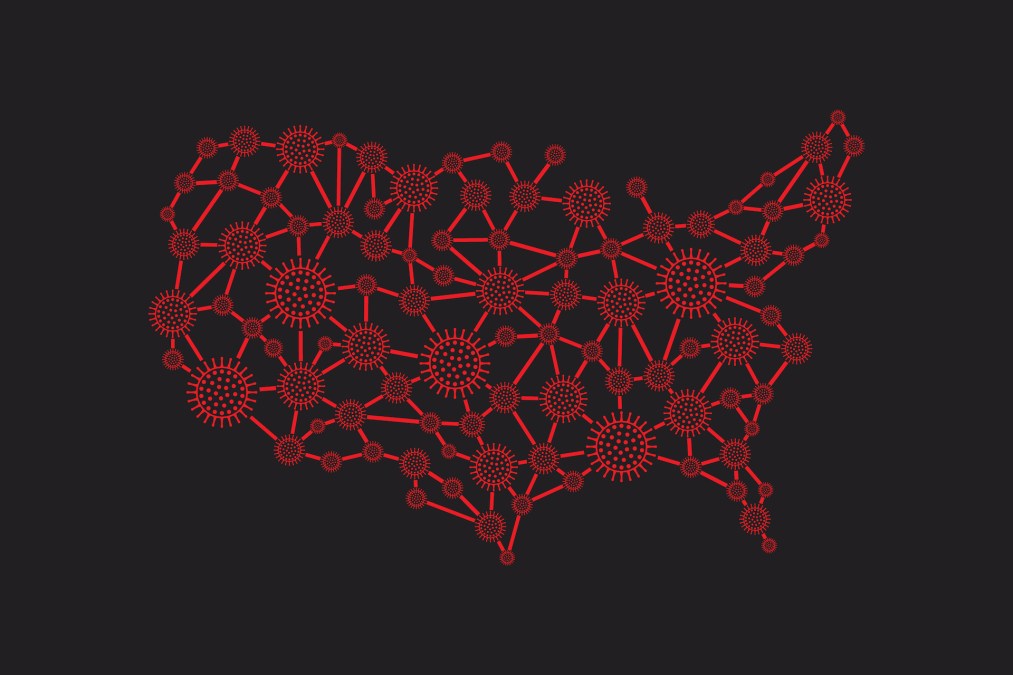Federal agencies look to user-first tech in pandemic response

The COVID-19 pandemic has proven that technology is no longer at the periphery of a federal agency’s mission but rather right at its core, highlighting the need to continue modernizing before the next crisis hits, according to a new report.
The Partnership for Public Service and Microsoft published a report that presents case studies on how federal and state governments utilized technology in response to COVID-19. The report points out that the most successful agencies already had a strong technological foundation with ongoing modernization efforts and have focused on putting the user at the heart of their solutions. Those with decades-old hardware and software, however, did not fare as well in their service delivery during the pandemic.
Indeed, one of the biggest lessons learned, according to the report, is the importance of user-centered design in technology solutions. In the first three weeks of the pandemic, for example, the Department of Veterans Affairs rolled out a chatbot to respond to the sharp increase in online inquiries. Its job was to handle frequently asked questions about COVID-19, such as how the virus could impact existing benefits and services, so that call center representatives were free to help with more complex questions.
The chatbot saw 53, 000 unique user sessions in the first few months, responding to twice as many COVID-19 questions as the VA tier 1 contact center at its peak usage.
The Small Business Administration also used technology to connect to its user base. To sift through the large volume of emails — especially after Congress passed the Paycheck Protection Program and other relief programs for small businesses — the agency created a language sentiment analytical tool to stay on top of what it was doing well and how they needed to improve service.
“It allowed us to inform new frequently asked questions. It also allowed us to inform policy updates because these economic recovery programs were in the evolutionary stages,” Sanjay Gupta, CTO for the Small Business Administration, said during a panel on the report’s findings. “As we learned more from the customer sentiment, it allowed us to figure out what changes were necessary to make to our environment.”
The report recommends that agencies “create technology based on user needs and expectations” that continually takes into account user feedback during development and beyond.
Of course, technology also enabled agencies to transition to telework. Gupta noted that digital workflows that were once a hard sell, such as digital signatures, were easily adopted once the pandemic hit. The agency “didn’t miss a beat” serving the public after the changes, proving their efficacy.
“We can do the work, we have done the work and we can continue to do digital-only workflows,” he said.
It’s the same at other agencies, like the Department of Energy.
“I haven’t signed a physical piece of paper since March 13 or something like that,” said Christopher Fall, director of the Office of Science in DOE. “That’s a big change, and I’d say a welcome change.”
Besides pursuing user-centered design, the report recommends agencies build a technology foundation, rethink mission delivery through technology and take steps to narrow the digital divide.
The report’s authors hope that agencies can use the common lessons learned to adapt to the “new normal.”
“When governments look to use technology in the future, the goal shouldn’t be a return to the pre-pandemic status quo,” said Peter Kamocsai, project leader for the report.





